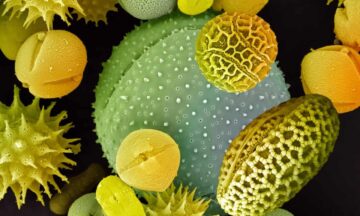Adam Rutherford in The Guardian:
 You might think, with the completion of the Human Genome Project 20 years ago now, and the discovery of the double helix enjoying its 70th birthday this year, that we actually know how life works. In physics, the quest for a so-called Grand Unifying Theory has preoccupied the most ambitious minds for generations, alas to no avail. But in the life sciences, we managed to find four grand unifying theories in the space of 100 years or so. Three are well known: cell theory – all life is made of cells, which only come from existing cells; Darwin’s evolution by natural selection; and universal genetics – all life is encoded by a cypher written in the molecule DNA. The fourth, no less important, goes by the chewy name chemiosmosis, and describes the way that all living things live by drawing fuel from their surroundings and using it in a continuous chemical reaction. In summary, life, made of cells that extract energy from their environment, comes modified from what came before. Job done; suck it, physicists!
You might think, with the completion of the Human Genome Project 20 years ago now, and the discovery of the double helix enjoying its 70th birthday this year, that we actually know how life works. In physics, the quest for a so-called Grand Unifying Theory has preoccupied the most ambitious minds for generations, alas to no avail. But in the life sciences, we managed to find four grand unifying theories in the space of 100 years or so. Three are well known: cell theory – all life is made of cells, which only come from existing cells; Darwin’s evolution by natural selection; and universal genetics – all life is encoded by a cypher written in the molecule DNA. The fourth, no less important, goes by the chewy name chemiosmosis, and describes the way that all living things live by drawing fuel from their surroundings and using it in a continuous chemical reaction. In summary, life, made of cells that extract energy from their environment, comes modified from what came before. Job done; suck it, physicists!
However, biology is messy, and though we have these laws in place to describe all life on Earth, people like me remain gainfully employed because our understanding of how chemistry becomes biology is far, far from complete. These grand unifying ideas are unbeatable, but they lack detail, and in biology the devil lies at a molecular level of complexity that is hard to understand.
More here.
